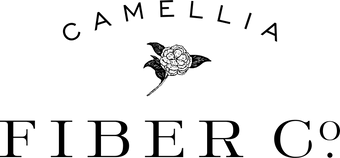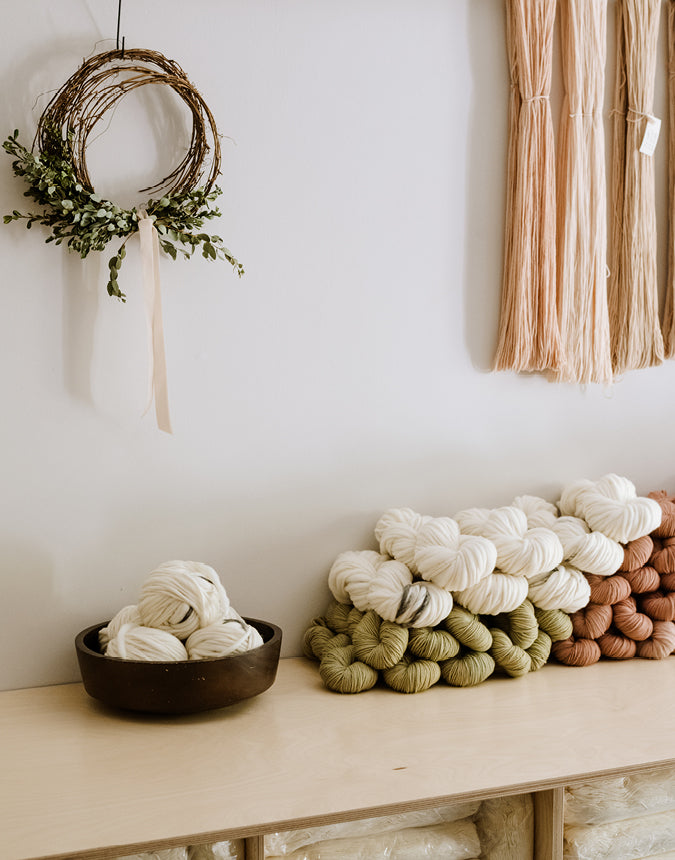
Natural vs. Acid Dyes
Natural dyes can come from fruits, plants, and even food waste. They’re best at creating beautifully unique, natural earth tones.
Acid dyes, on the other hand, can create a wide range of replicable colors. They’re called “acid” dyes because household vinegar or citric acid is used to bond color to the fibers.
Camellia Colors
At Camellia Fiber Co., we use both natural and acid dyes. We like to think of them as different artistic mediums — like comparing oil pastels to watercolor. They’re both beautiful in their own right and achieve different color results.
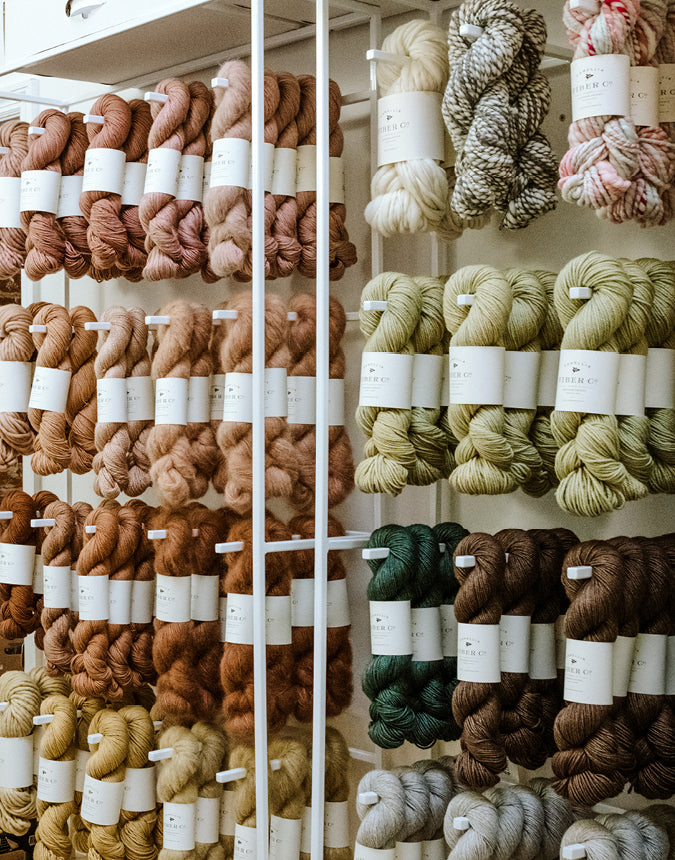
Yarn by Color
Our signature yarn colors are skillfully curated and kettle-dyed by hand for a beautifully rich result.
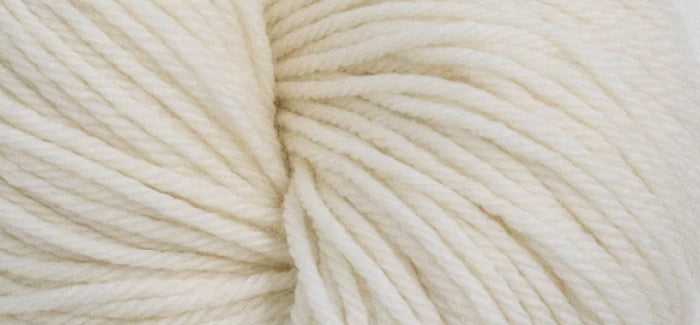
Moonflower
Undyed and natural — for a classic, fresh, white hue.
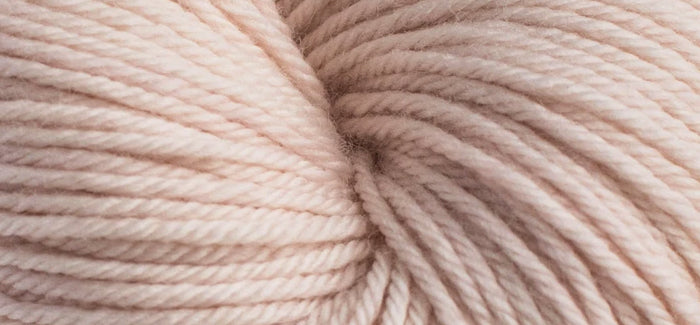
Carnation
A light, whisper-soft pink for a subtle wash of feminine color.

Camellia
An earthy, blush pink that radiates beauty and romance. (Our namesake for a reason.)
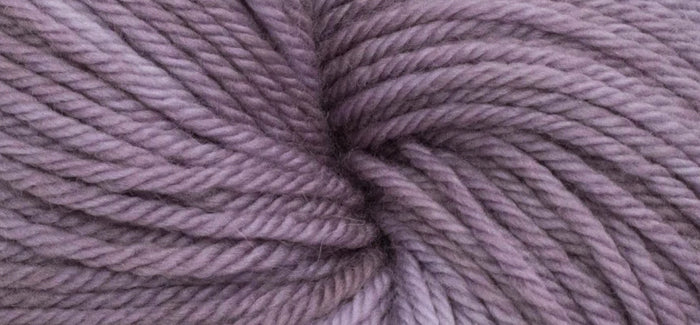
Thistle
A soft, dreamy purple reminiscent of delightful blooms in nature.
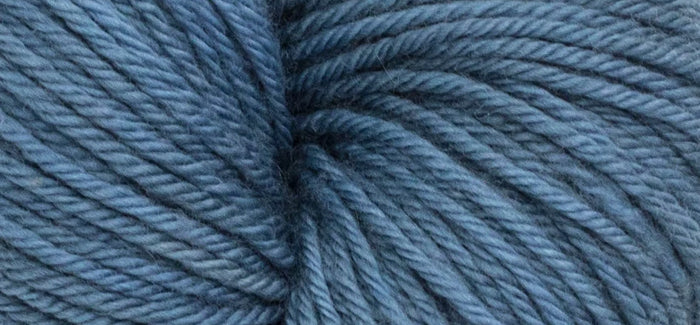
Chicory
A goes-with-everything, denim blue — filled with familiarity and nostalgia.
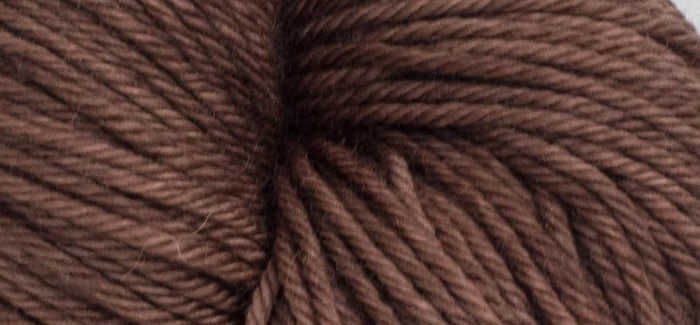
Dahlia
A delicate, earthy brown with pink undertones for the perfect warm neutral.
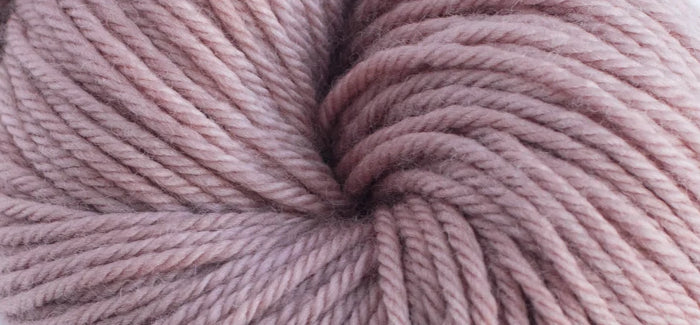
Pink Amethyst
A rich, yet muted, pink — like a scoop of raspberry sorbet.
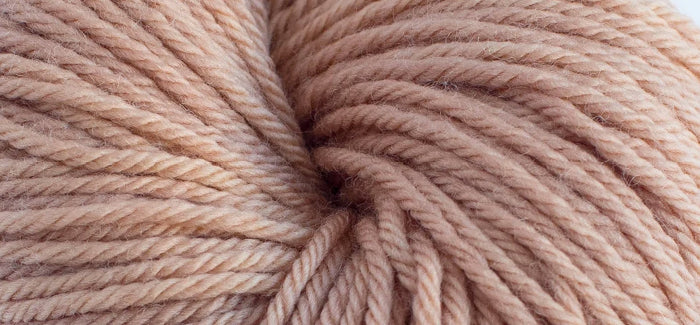
Bisque
A light, neutral pink with an uplifting, peachy undertone.
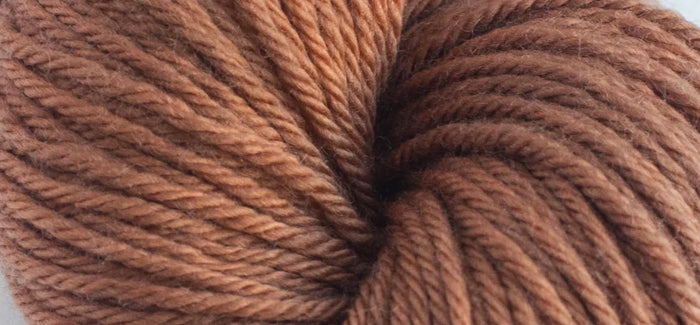
Terracotta
A warm, reddish brown reminiscent of flower boxes in the sunshine.
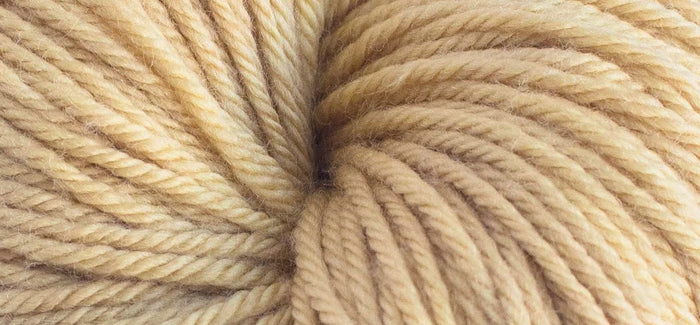
Ochre
A nature-inspired, light golden hue with a cheerful disposition.
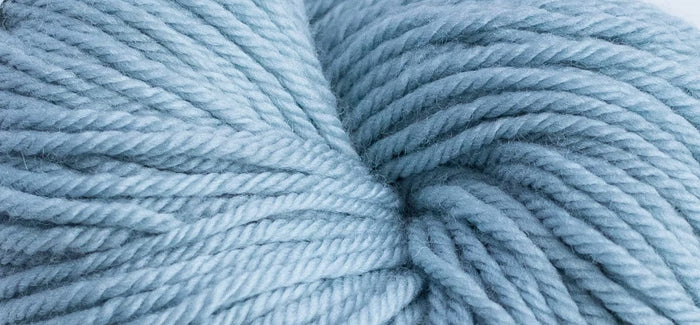
Blue Poppy
A light, airy blue — like clear skies on a sunny day.
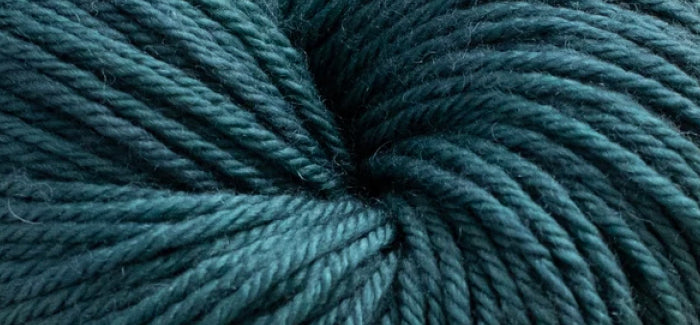
Evergreen
A rich, dark-toned blue green perfect for cold, wintery days.
